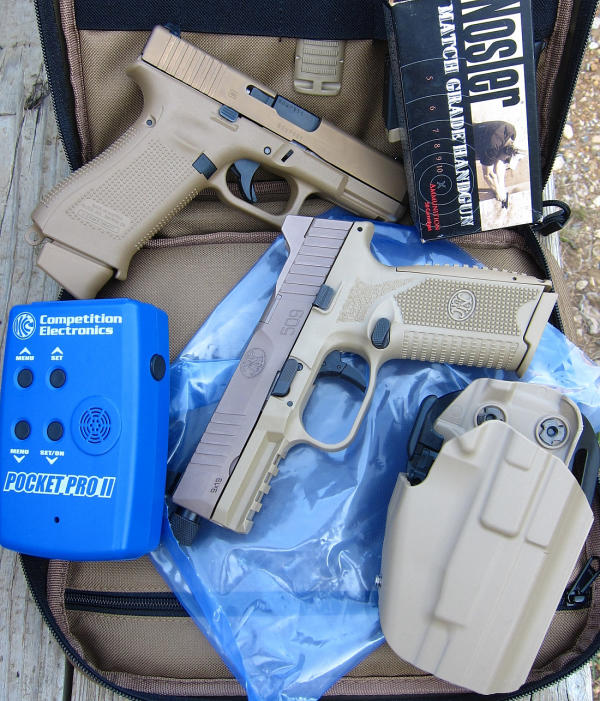
For some time, I’ve watched others in the industry arrive at standards of performance – qualifications and the like – as well as try to arrive at standards to compare various guns for the edification of readers/viewers.
I’ve gone along with it and tried to identify a shooting course that (1) had a low round count, (2) was holster-intensive, (3) that had nearly every stage completed in less than three seconds and (4) could be used not only to compare equipment issues but identify shooter issues for purposes of remediation.
I wasn’t terribly successful – and won’t release my results here except to note that I’ve run a range of guns over the CS and found that I personally need some work on consistency.
The latest trip on the comparative standards was to compare the new FN 509 Tactical with the (nearly new) GLOCK 19X. As I want to use this course over time to collect a range of data points, it was as good a time to try one gun against another as there was going to be.
The concept is simple: Each string is timed, each time recorded to be compared against every other like string in the database. Total time for the 20 round course is recorded with time added for penalties, .5 second for every point down.
I selected the same holster for both guns: the Safariland Model 576 GLS Pro-Fit. As it fits both guns, that rules the holster out as a contributor to the success or failure of one or the other. Likewise, the ammo used for both guns was Nosler Match 124 grain JHP.
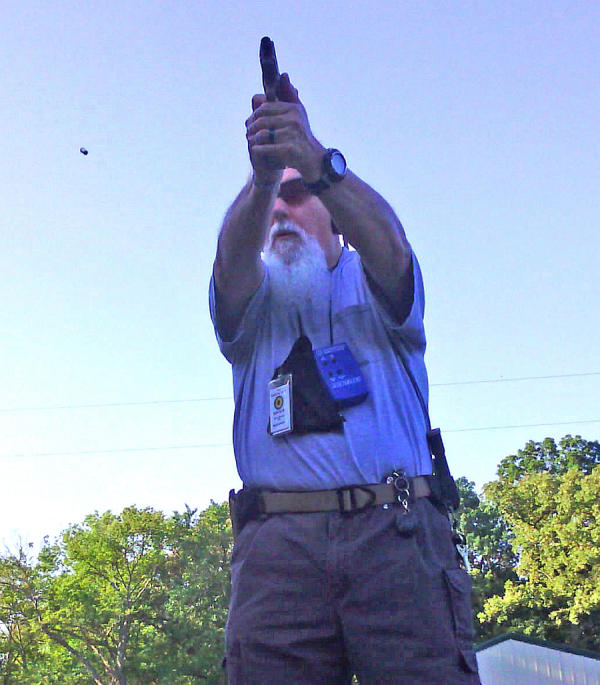
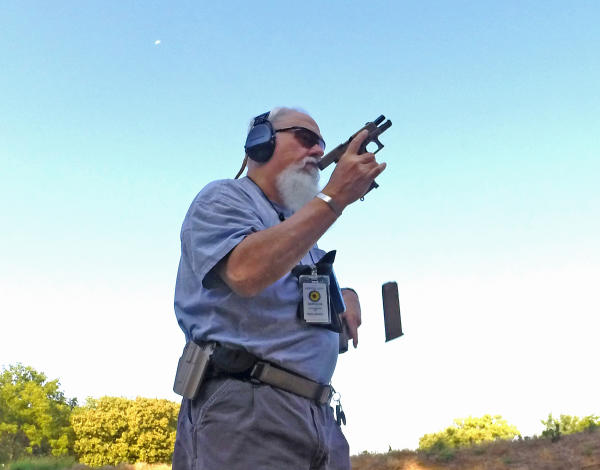
I’d shot the FN 509 T on the 50-round “Dot Torture” as discussed here; that piece includes a precis of the new gun. DT is trigger intensive – control of the trigger is critical to success. It’s no less stringent on the Comparative Standards – but CS adds the timer.
The G19X has a trigger press that’s a full pound less than the FN 509T – and it’s much ‘cleaner.’ I’m used to hard triggers and I can tell you the problem with the FN 509T was with the user – not the gun. I racked up 2.5 seconds in penalties – that’s from the shooter jerking the trigger.
The per-string times were nearly identical. It felt like I was going slower due to the suppressor-height sights on the FN; it seemed to take forever to find them, but the timer showed that “feelings” don’t count. Where I had control, it was wonderful. Where I became more human, the machinery couldn’t help.
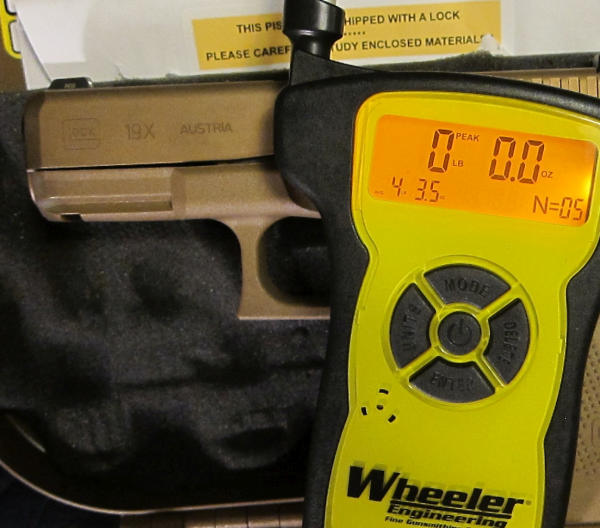
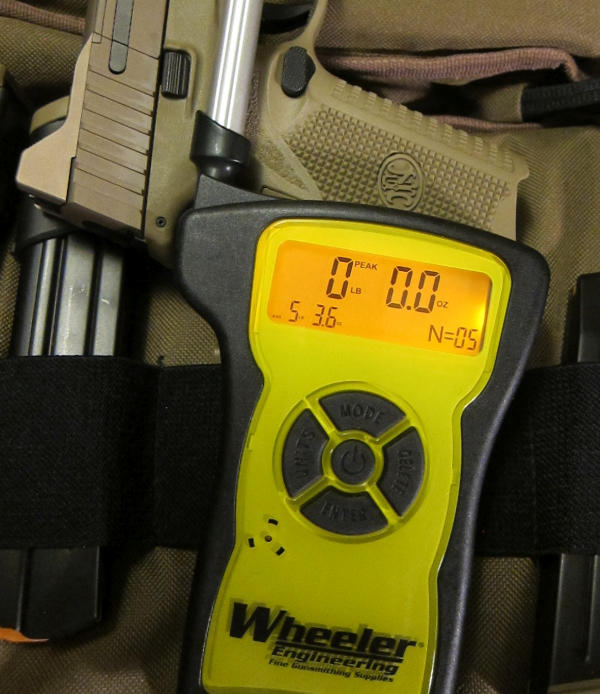
In fairness, I racked up 1.5 seconds in penalties on the G19X – a fair analog to a pistol I’ve carried since 2001. That shows “user error.” On the other hand, the FN 509 – and the FNS Compact – are far more recent additions to the collective armory. That tells me that the ergonomics are there with the new guns.
I was a bit slower on the reload stage -- .4 second – with the FN. That 24-round stick isn’t hard to handle, but it’s . . . interesting. You don’t have to get used to it because you can find FN 509 17-round magazines, I’m sure.
I’ll go into more detail on the Comparative Standards at some point, likely for Shooting Wire so others can give it a shot. Before I do, I’m going to try to get some of the usual suspects to give it a whirl, so I can report their findings.
So far, the FN 509 Tactical is working fine and it appears to be every bit the decent service pistol the FN 509 was – with just a few refinements.
-- Rich Grassi